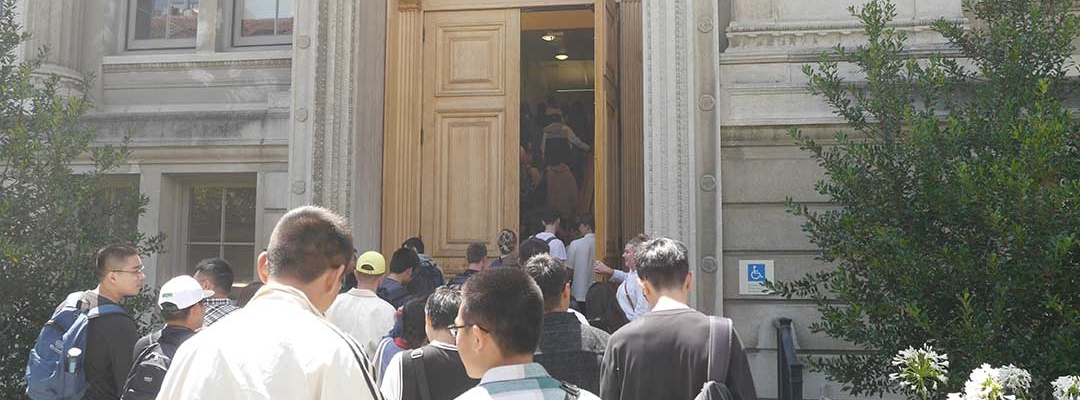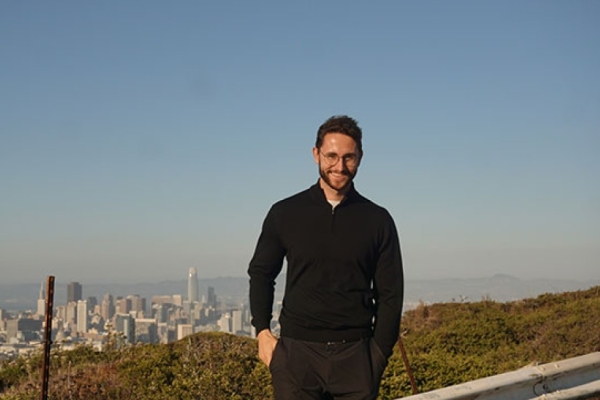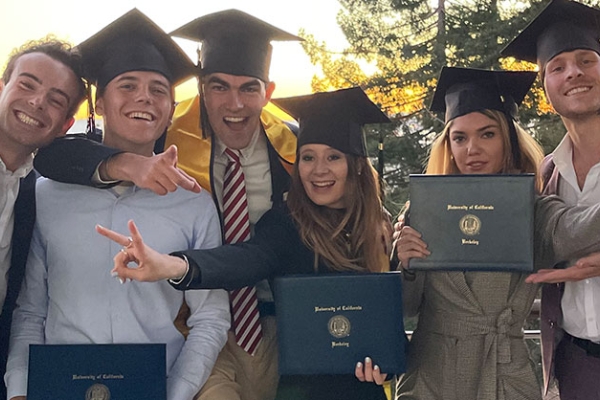Director Christopher Nolan’s summer blockbuster film about Oppenheimer is making waves across the globe. Have you seen it? If so, you’ve gotten some inside glimpses into what the Berkeley campus looked like in 1929—when Oppenheimer joined the university as an assistant professor.
During his time at UC Berkeley, he conducted in-depth research and teaching, laying a solid foundation for physics research. He led the Los Alamos Laboratory, participated in the Manhattan Project, and ultimately contributed to the development of the first batch of nuclear weapons, so he was also called "the father of the atomic bomb."
A Little History About Oppenheimer
On April 22, 1904, Robert Oppenheimer was born into a wealthy Jewish family in New York City. His father, Julius Oppenheimer, was a textile importer who immigrated from Germany to the United States in 1888. His mother, Ella Friedman, was a painter. The Oppenheimer family did not strictly adhere to religious rituals and so belonged to the Ashkenazi Jewish community.
From a young age, Oppenheimer displayed remarkable academic talents and strong interests in literature, mineralogy and chemistry. He attended the Alcuin Preparatory School and then the Ethical Culture Fieldston School. At the Fieldston School, he completed several grade levels of coursework, eventually earning his bachelor's degree from Harvard University with highest honors.
Subsequently, Oppenheimer went to Europe for further studies, earning his doctoral degree under the guidance of Max Born. He made significant contributions in the fields of quantum mechanics, spectroscopy and nuclear physics. This would lead to his academic journey here at UC Berkeley.
Students Trace Oppenheimer’s Time at Berkeley
Which building is the physics teaching building at Berkeley? Is Oppenheimer's office still there? Are professors still using his office? Does Oppenheimer have his own Nobel Prize parking spot?
Follow along with our staff from the Berkeley Global Access Program for an unforgettable campus tour before the new semester starts!
Campanille, Berkeley's iconic structure
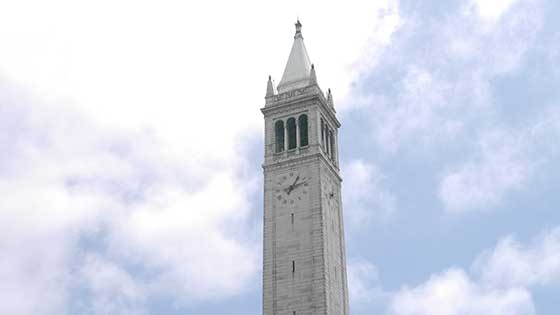

Nobel Parking, a famous spot at Berkeley, is a rare honor bestowed that only Nobel Prize Laureates can access.
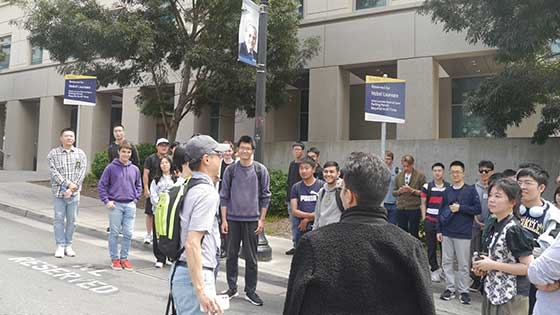
(Do you want a parking spot? Go and win a Nobel Prize!)
Fun fact: Oppenheimer didn't actually receive a Nobel Prize.
Hearst Mining Building, a blend of architectural styles listed in the National Register of Historic Places and designated as part of California Historical Landmark #946
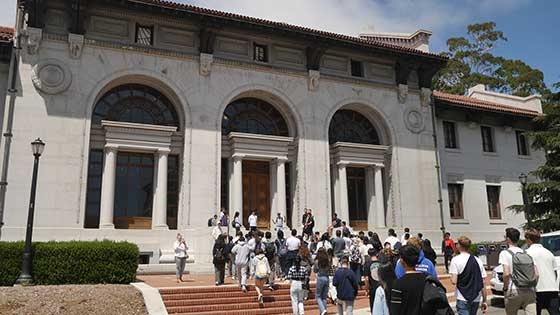
Physics Building, home to the world's first cyclotron, establishing the renowned Lawrence Berkeley National Laboratory and the world-class Berkeley Center for Theoretical Physics. Oppenheimer's office is still in use.
The Physics Building was originally named LeConte Hall but was later renamed Physics South and Physics North due to certain issues.
Sather Gate, Berkeley's main entrance
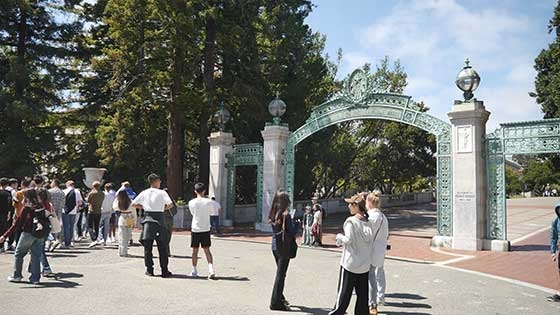
We hope that students can truly experience Berkeley's culture, academic atmosphere, and youthful and free spirit by engaging in deeper conversations with world-class scholars and Nobel Prize laureates across different dimensions of space and time.
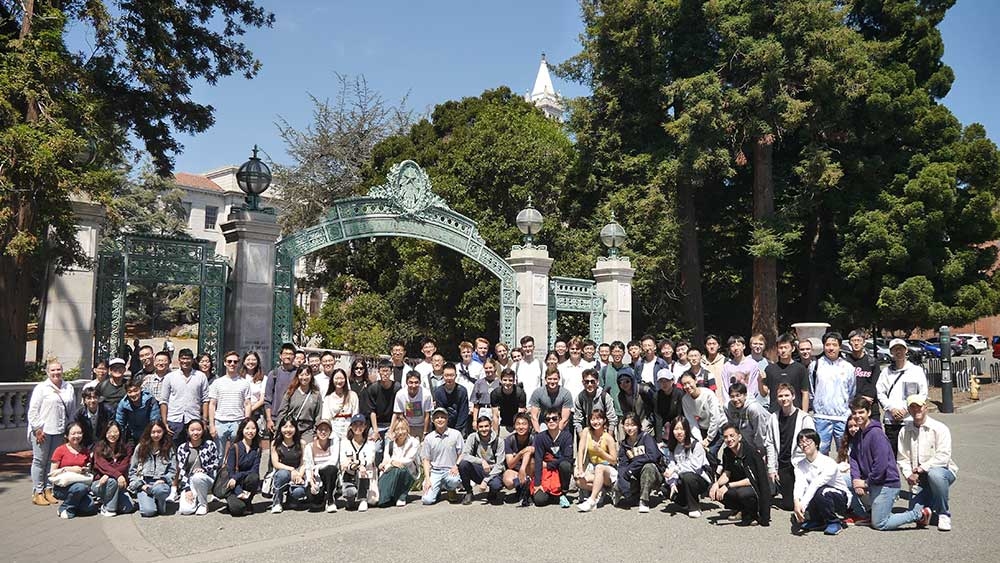
Go Bears!
Are you interested in seeing what Berkeley can offer you? Check out the Berkeley Global Access Program today!
